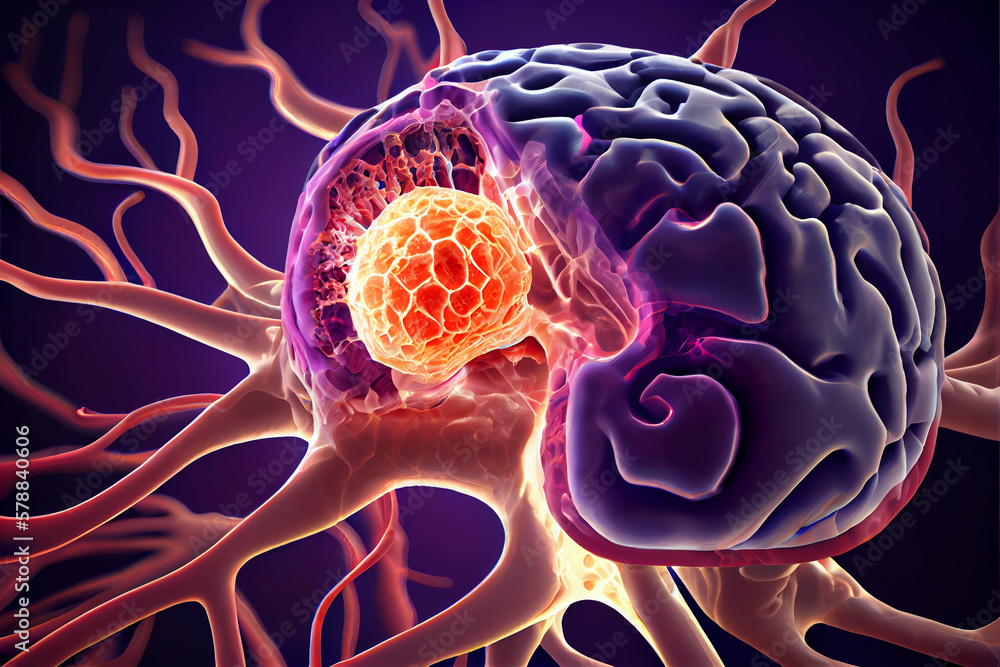Brain Tumor Overview
A brain tumor is an abnormal cell growth within the brain, either malignant (cancerous) or benign (non-cancerous). Tumors are classified from grade 1 to 4, based on their growth rate and likelihood of recurrence:
- Benign (Grade 1 or 2): Slow-growing, less likely to return after treatment.
- Malignant (Grade 3 or 4): Faster-growing, may originate in the brain or spread from other body areas and are more likely to recur after treatment.
Symptoms
Symptoms vary by location in the brain but can include:
- Persistent, severe headaches
- Seizures (fits)
- Nausea, vomiting, and drowsiness
- Changes in memory, personality, or behavior
- Weakness or paralysis on one side of the body, vision or speech problems
These symptoms may start gradually and worsen over time.
Diagnosis and When to See a GP
Persistent symptoms should be discussed with a GP. They may refer you to a neurologist for further assessment, which could include a brain scan.
Who is Affected
Brain tumors can affect anyone, though they are more common in older adults. Around 9,000 people in the UK are diagnosed each year. Genetic conditions like neurofibromatosis type 1 and prior head radiotherapy may increase risk.
Treatment and Outlook
- Surgery: Primary treatment to remove abnormal tissue.
- Radiotherapy/Chemotherapy: Used if the tumor can’t be entirely removed to target remaining abnormal cells.
The outlook varies:
- Benign Tumors: Often treated successfully, but regular monitoring is recommended as recurrence is possible.
- Malignant Tumors: Prognosis depends on factors like tumor location, age, and health. A cure may be unlikely, but treatment focuses on symptom management and life extension.
Support Resources
Helpful organizations:
- The Brain Tumour Charity
- Brain Tumour Research
- Cancer Research UK: Brain Tumors
- Macmillan Cancer Support: Brain Tumors
For more personalized support and information, visiting these organizations’ websites is recommended. Let me know if you need a detailed illustration to accompany this topic.







